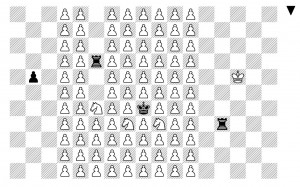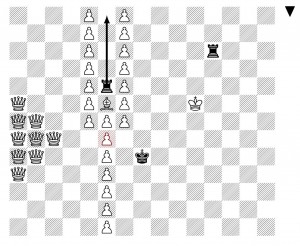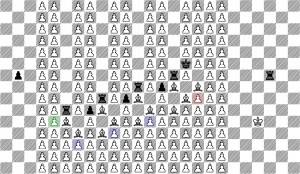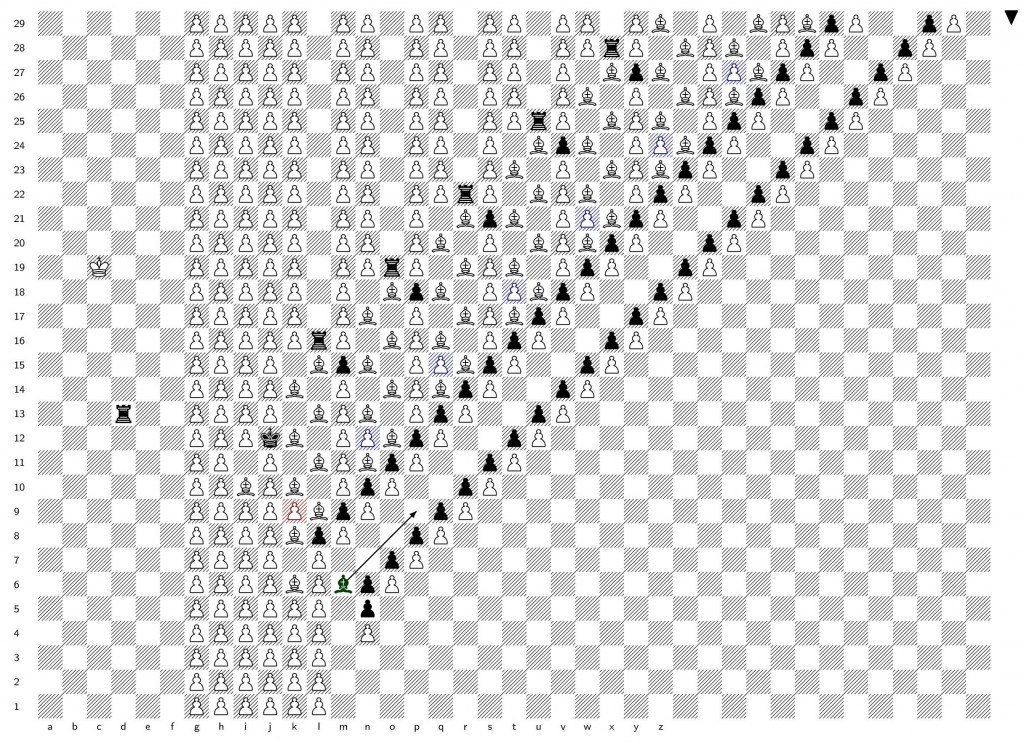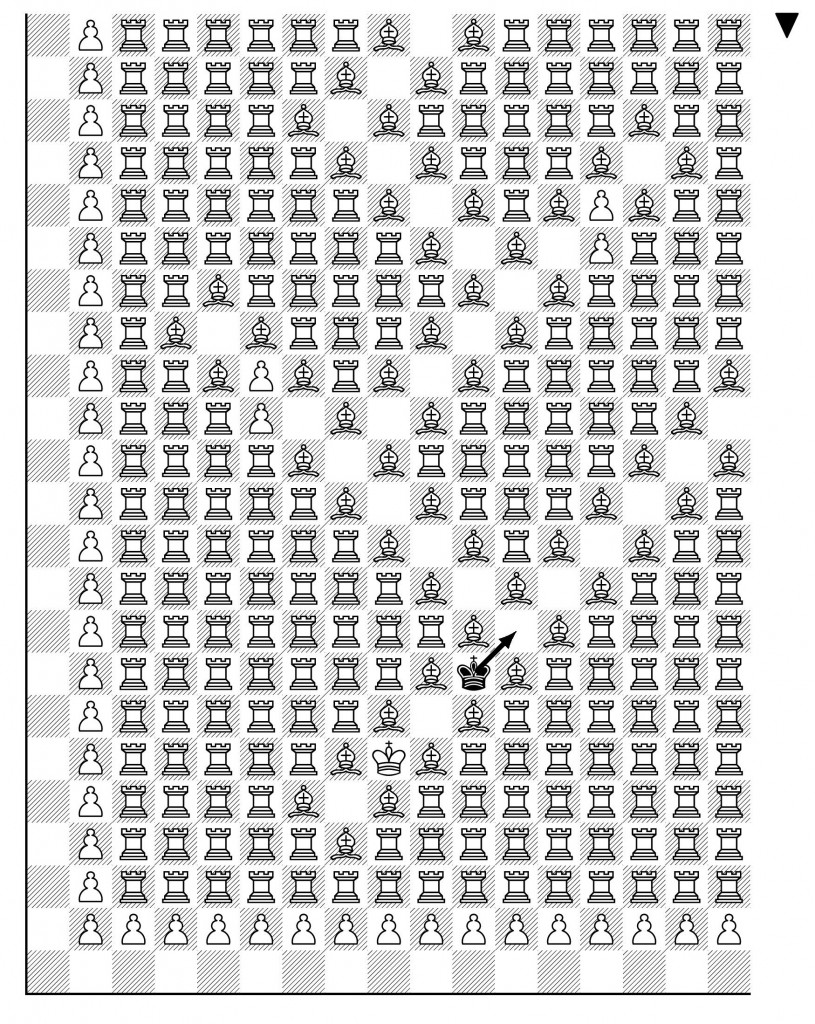[bibtex key=HamkinsJohnstone2014:ResurrectionAxiomsAndUpliftingCardinals]
Abstract. We introduce the resurrection axioms, a new class of forcing axioms, and the uplifting cardinals, a new large cardinal notion, and prove that various instances of the resurrection axioms are equiconsistent over ZFC with the existence of uplifting cardinal.
Many classical forcing axioms can be viewed, at least informally, as the claim that the universe is existentially closed in its forcing extensions, for the axioms generally assert that certain kinds of filters, which could exist in a forcing extension $V[G]$, exist already in $V$. In several instances this informal perspective is realized more formally: Martin’s axiom is equivalent to the assertion that $H_{\frak{c}}$ is existentially closed in all c.c.c. forcing extensions of the universe, meaning that $H_{\frak{c}}\prec_{\Sigma_1}V[G]$ for all such extensions; the bounded proper forcing axiom is equivalent to the assertion that $H_{\omega_2}$ is existentially closed in all proper forcing extensions, or $H_{\omega_2}\prec_{\Sigma_1}V[G]$; and there are other similar instances.
In model theory, a submodel $M\subset N$ is existentially closed in $N$ if existential assertions true in $N$ about parameters in $M$ are true already in $M$, that is, if $M$ is a $\Sigma_1$-elementary substructure of $N$, which we write as $M\prec_{\Sigma_1} N$. Furthermore, in a general model-theoretic setting, existential closure is tightly connected with resurrection, the theme of this article.
Elementary Fact. If $\mathcal{M}$ is a submodel of $\mathcal{N}$, then the following are equivalent.
- The model $\mathcal{M}$ is existentially closed in $\mathcal{N}$.
- $\mathcal{M}\subset \mathcal{N}$ has resurrection. That is, there is a further extension $\mathcal{M}\subset\mathcal{N}\subset\mathcal{M}^+$ for which $\mathcal{M}\prec\mathcal{M}^+$.
We call this resurrection because although certain truths in $\mathcal{M}$ may no longer hold in the extension $\mathcal{N}$, these truths are nevertheless revived in light of $\mathcal{M}\prec\mathcal{M}^+$ in the further extension to $\mathcal{M}^+$.
In the context of forcing axioms, we are more interested in the case of forcing extensions than in the kind of arbitrary extension $\mathcal{M}^+$ arising in the fact, and in this context the equivalence of (1) and (2) breaks own, although the converse implication $(2)\to(1)$ always holds, and every instance of resurrection implies the corresponding instance of existential closure. This key observation leads us to the main unifying theme of this article, the idea that
resurrection may allow us to formulate more robust forcing axioms
than existential closure or than combinatorial assertions about filters and dense sets. We therefore introduce in this paper a spectrum of new forcing axioms utilizing the resurrection concept.
Main Definition. Let $\Gamma$ be a fixed definable class of forcing notions.
- The resurrection axiom $\text{RA}(\Gamma)$ is the assertion that for every forcing notion $\mathbb{Q}\in\Gamma$ there is further forcing $\mathbb{R}$, with $\vdash_{\mathbb{Q}}\mathbb{R}\in\Gamma$, such that if $g\ast h\subset\mathbb{Q}\ast\mathbb{R}$ is $V$-generic, then $H_{\frak{c}}\prec H_{\frak{c}}^{V[g\ast h]}$.
- The weak resurrection axiom $\text{wRA}(\Gamma)$ is the assertion that for every $\mathbb{Q}\in\Gamma$ there is further forcing $\mathbb{R}$, such that if $g\ast h\subset\mathbb{Q}\ast\mathbb{R}$ is $V$-generic, then $H_{\frak{c}}\prec H_{\frak{c}}^{V[g\ast h]}$.
The main result is to prove that various formulations of the resurrection axioms are equiconsistent with the existence of an uplifting cardinal, where an inaccessible cardinal $\kappa$ is uplifting, if there are arbitrarily large inaccessible cardinals $\gamma$ for which $H_\kappa\prec H_\gamma$. This is a rather weak large cardinal notion, having consistency strength strictly less than the existence of a Mahlo cardinal, which is traditionally considered to be very low in the large cardinal hierarchy. One highlight of the article is our development of “the world’s smallest Laver function,” the Laver function concept for uplifting cardinals, and we perform an analogue of the Laver preparation in order to achieve the resurrection axiom for c.c.c. forcing.
Main Theorem. The following theories are equiconsistent over ZFC:
- There is an uplifting cardinal.
- $\text{RA}(\text{all})$.
- $\text{RA}(\text{ccc})$.
- $\text{RA}(\text{semiproper})+\neg\text{CH}$.
- $\text{RA}(\text{proper})+\neg\text{CH}$.
- For some countable ordinal $\alpha$, the axiom $\text{RA}(\alpha\text{-proper})+\neg\text{CH}$.
- $\text{RA}(\text{axiom-A})+\neg\text{CH}$.
- $\text{wRA}(\text{semiproper})+\neg\text{CH}$.
- $\text{wRA}(\text{proper})+\neg\text{CH}$.
- For some countable ordinal $\alpha$, the axiom $\text{wRA}(\alpha\text{-proper})+\neg\text{CH}$.
- $\text{wRA}(\text{axiom-A})+\neg\text{CH}$.
- $\text{wRA}(\text{countably closed})+\neg\text{CH}$.
The proof outline proceeds in two directions: on the one hand, the resurrection axioms generally imply that the continuum $\frak{c}$ is uplifting in $L$; and conversely, given any uplifting cardinal $\kappa$, we may perform a suitable lottery iteration of $\Gamma$ forcing to obtain the resurrection axiom for $\Gamma$ in a forcing extension with $\kappa=\frak{c}$.
In a follow-up article, currently nearing completion, we treat the boldface resurrection axioms, which allow a predicate $A\subset\frak{c}$ and ask for extensions of the form $\langle H_{\frak{c}},{\in},A\rangle\prec\langle H_{\frak{c}}^{V[g\ast h]},{\in},A^\ast\rangle$, for some $A^\ast\subset\frak{c}^{V[g\ast h]}$ in the extension. In that article, we prove the equiconsistency of various formulations of boldface resurrection with the existence of a strongly uplifting cardinal, which we prove is the same as a superstrongly unfoldable cardinal.


